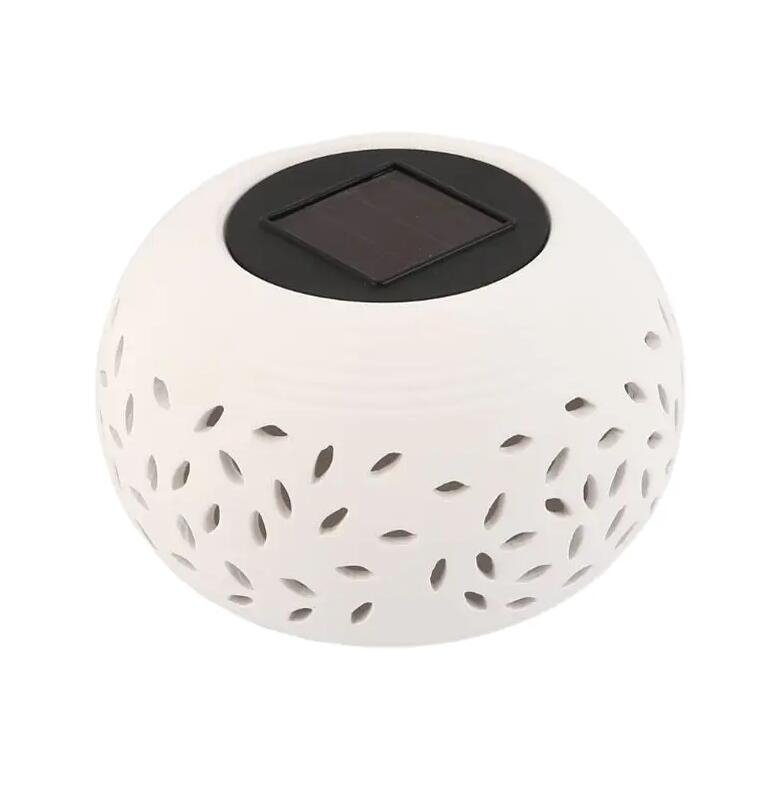Design Thinking For Indoor And Outdoor Decorative Lights

When it comes to the design of indoor and outdoor decorative lights, there are several key differences to consider. These differences are primarily driven by the varying environmental conditions and safety concerns associated with outdoor usage. What indoor and outdoor decorative lights manufacturer wants to introduce to you It's about some things that need to be considered during design, let's take a look together!
Weather Resistance: Outdoor lights must be designed to withstand various weather conditions such as rain, snow, wind, and high temperatures. They are often made with materials that are resistant to corrosion, UV radiation, and water damage. Indoor lights, on the other hand, don't require the same level of weather resistance.
Waterproofing: Outdoor lights typically have a higher level of waterproofing to protect against moisture. They may feature sealed enclosures or specialized gaskets to prevent water ingress. Indoor lights may not have the same level of waterproofing since they are not exposed to direct moisture.
Wiring and Electrical Safety: Outdoor decorative lights need to adhere to stricter electrical safety standards. They often require grounding to prevent electrical shocks and have additional safety features like ground fault circuit interrupters (GFCIs). Indoor lights are subject to different safety regulations, but they generally don't have the same requirements for outdoor electrical safety.
Energy Efficiency: Indoor decorative lights tend to prioritize energy efficiency since they are typically used for longer durations. They may incorporate energy-saving technologies like LED bulbs or timers to reduce electricity consumption. Outdoor lights also consider energy efficiency but may prioritize other features such as brightness and durability.
Light Intensity and Direction: Outdoor lights are often designed to provide brighter illumination and wider coverage to illuminate larger areas such as gardens or pathways. They may use reflectors or lenses to direct light in specific directions. Indoor lights can be designed for more focused or ambient lighting, depending on the specific application.
- Образование
- Course
- Books
- Drawing
- Раздел
- Film
- Fitness
- Food
- Игры
- Gardening
- Health
- Главная
- Literature
- Music
- Networking
- Другое
- Programming
- Religion
- Shopping
- Sports
- Curriculm
- Wellness


